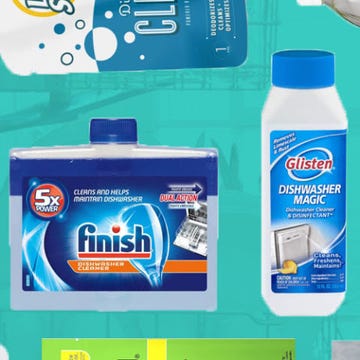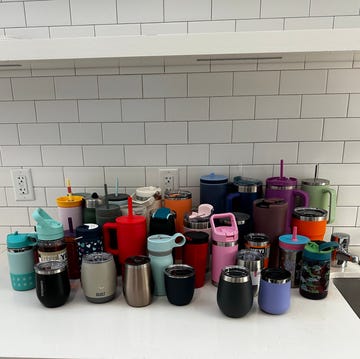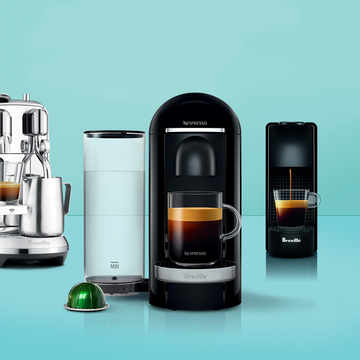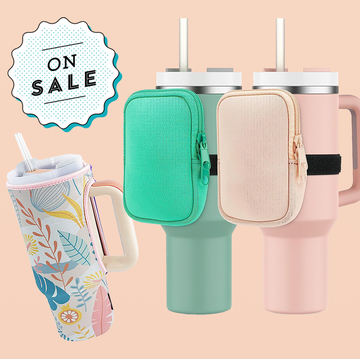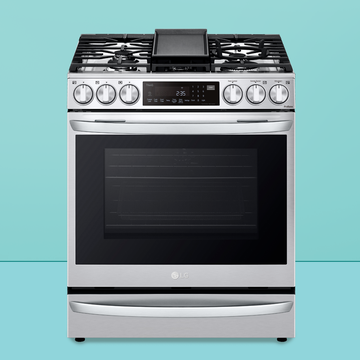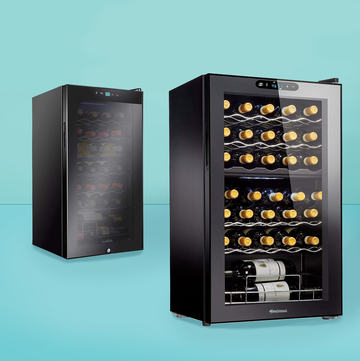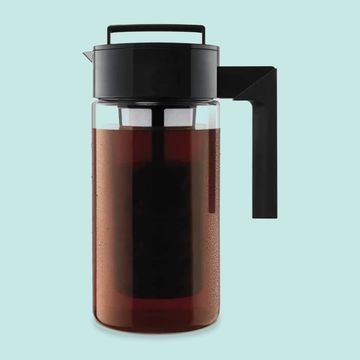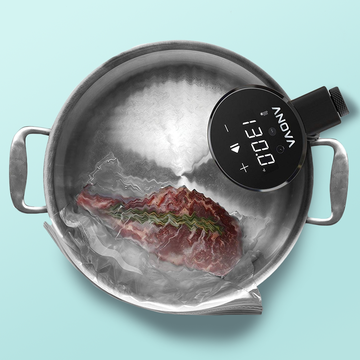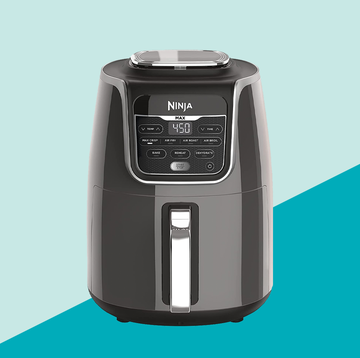5 Best Bread Baking Cloches, According to Testing
The simple cookware you need to make crusty, chewy, bread-basket-worthy loaves.
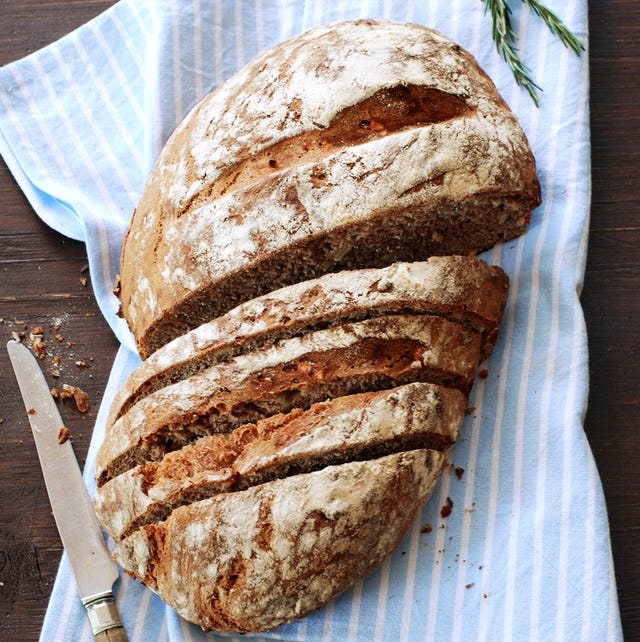
We've been independently researching and testing products for over 120 years. If you buy through our links, we may earn a commission. Learn more about our review process.
Our top picks:
There's absolutely nothing wrong with freshly baked bread from a loaf pan or even a healthy store-bought bread. But if you want a gorgeous, crusty homemade boule — seeded no-knead bread, anyone? — you need a bread cloche. Most cloches are made from cast iron, enameled cast iron or ceramic. They consist of a flat pan covered with a domed lid that allows you to build heat and trap steam, two factors critical to creating a loaf with a crispy crust and a tender crumb.
When the experts in the Good Housekeeping Institute Kitchen Appliances and Innovation Lab test bread bakers, we consider the weight, shape, capacity and placement of handles. We also bake — and eat! — loaves of yeasted white bread and evaluate the color, crust and crumb.
Sarah (she/her) is a deputy editor in the Good Housekeeping Institute, where she tests products and covers the best picks across kitchen, tech, health and food. She has been cooking professionally since 2017 and has tested kitchen appliances and gear for Family Circle as well as developed recipes and food content for Simply Recipes, Martha Stewart Omnimedia, Oxo and Food52. She holds a certificate in professional culinary arts from the International Culinary Center (now the Institute of Culinary Education).
Eva (she/her) is a reviews analyst in the Kitchen Appliances and Innovation Lab, where she tests kitchen gear, home appliances and culinary innovations. She graduated from NYU with a bachelor of science in food studies, nutrition and public health and is a trained chef through the Natural Gourmet Institute. Eva has more than 10 years of experience in the food industry, working as a food stylist, personal chef and marketing manager.
Watch Next















